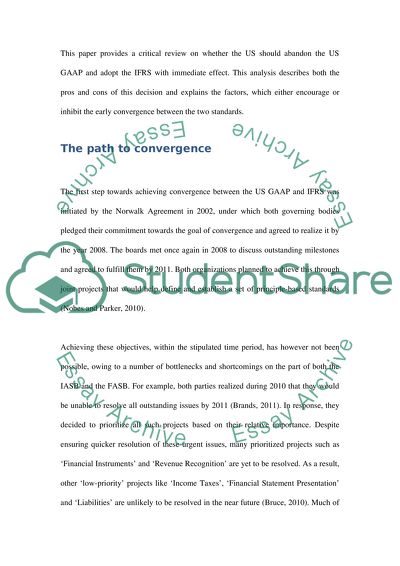Cite this document
(“US GAAP IFRS Convergence Essay Example | Topics and Well Written Essays - 2250 words”, n.d.)
Retrieved from https://studentshare.org/finance-accounting/1396137-us-gaap-ifrs-convergence
Retrieved from https://studentshare.org/finance-accounting/1396137-us-gaap-ifrs-convergence
(US GAAP IFRS Convergence Essay Example | Topics and Well Written Essays - 2250 Words)
https://studentshare.org/finance-accounting/1396137-us-gaap-ifrs-convergence.
https://studentshare.org/finance-accounting/1396137-us-gaap-ifrs-convergence.
“US GAAP IFRS Convergence Essay Example | Topics and Well Written Essays - 2250 Words”, n.d. https://studentshare.org/finance-accounting/1396137-us-gaap-ifrs-convergence.


